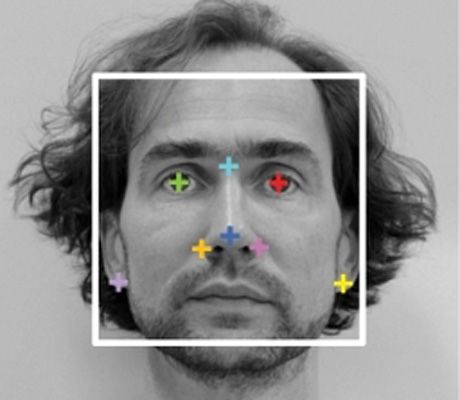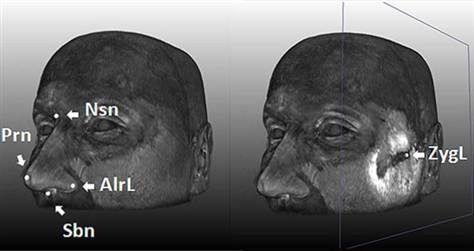New publications
Scientists have discovered the genes "responsible" for the face
Last reviewed: 01.07.2025

All iLive content is medically reviewed or fact checked to ensure as much factual accuracy as possible.
We have strict sourcing guidelines and only link to reputable media sites, academic research institutions and, whenever possible, medically peer reviewed studies. Note that the numbers in parentheses ([1], [2], etc.) are clickable links to these studies.
If you feel that any of our content is inaccurate, out-of-date, or otherwise questionable, please select it and press Ctrl + Enter.

Dutch scientists from Erasmus University, together with colleagues from Canada, Germany and Great Britain, have discovered that five genes are responsible for the formation of the face. The results of their work appeared on the pages of the journal PLoS Genetics.
It is not news that the shape of the face is determined by genes. The faces of multizygotic twins are much more similar than those of non-relatives - they are almost identical.
The main goal of the research is to identify those genes that are responsible for appearance.
The research was supervised by the International Visible Trait Genetics (VisiGen) Consortium. During the work, the scientists analyzed 10,000 magnetic resonance imaging (MRI) scans of the brains of the experiment participants, as well as their photographs. This was done in order to create a so-called map of "starting points" on the face. All volunteers were representatives of the Caucasian race.
Among the parameters that were studied were the analysis of the distance between the pupils, the length of the nose and the distance between the wings of the nose.


Using DNA microarrays, scientists tracked the subjects' heredity, then compared the results with facial features and looked for connections between them.
Thus, experts managed to find out which genes are responsible for human facial morphology - COL17A1, PRDM16, TP63, C5orf50, PAX3.
Some of them were already known to science. The mutations that occurred in them were associated with developmental anomalies. For example, they played an important role in the development of the craniofacial region, were decisive in the development of skeletal diseases, including the spine.
Experts suspect that the list of “facial” genes may not end there, but these genes still play a decisive role.

"These are amazing results. They open our eyes to understanding how the human face is formed. This knowledge can be used in practical forensics, with the help of DNA it will be possible to determine a person's appearance. We can already tell more accurately from DNA what color a person's eyes and hair are," says Professor Manfred Kaiser.
In addition, the authors made another important discovery that changes the view on the relationship between human appearance and DNA: human appearance is determined by the combined effect of hundreds or even thousands of individual genes. The influence of each one individually, although significant, is not so great.
